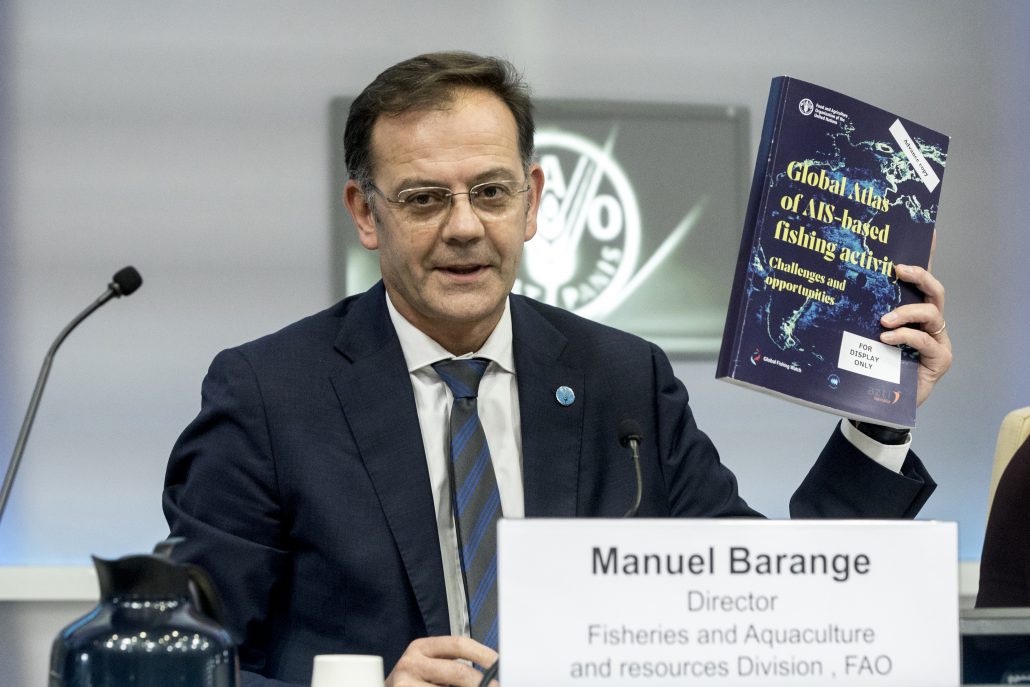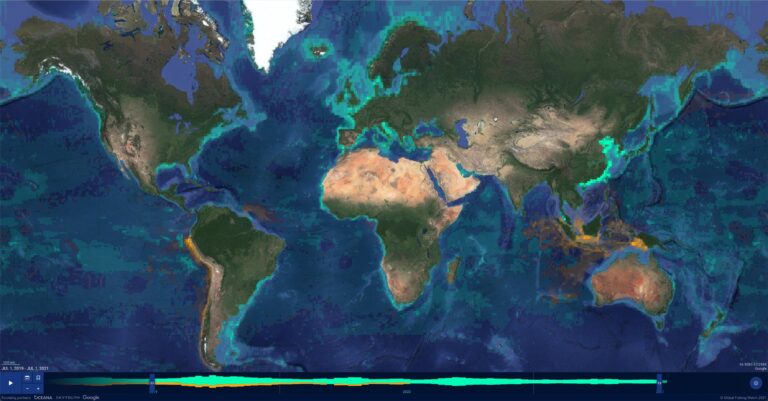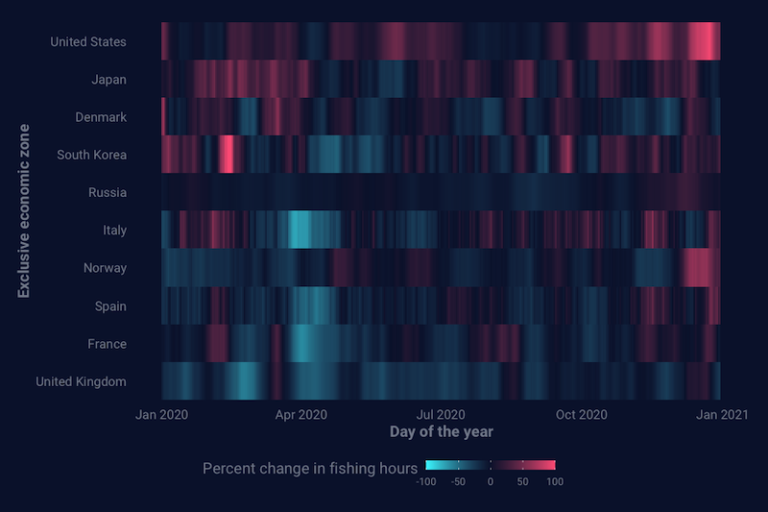Commercial Fishing
Commercial fishing is the most widespread human activity at sea. Defined as the for-profit practice of catching fish or other marine life by commercial fishing boats, its impact goes far beyond ocean health and the management of fish populations. Commercial fishing is essential in supporting the global livelihoods of nearly 60 million people who are directly employed in the fisheries and aquaculture sector, as well as ensuring food security for more than 3 billion people who rely on seafood as their primary source of protein. Underlining the significance of commercial fishing is the nearly $150 billion in global seafood exchange that takes place each year—the most valuable traded food commodity in the world.
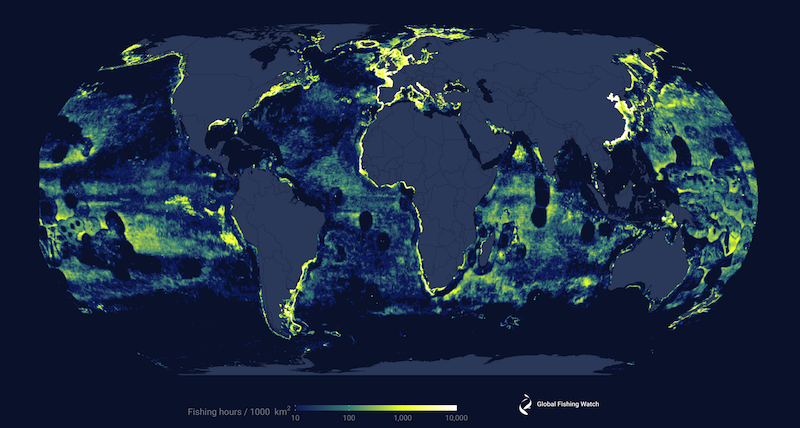
The challenge
Commercial fishing is a vital part of the global economy and is crucial to the food security and cultural identity of millions of people. The long-term sustainability of our fisheries resources not only depends on the effective monitoring of fishing operations but also the ability to determine whether fishing activities are both legal and verifiable.
Overfishing and illegal, unreported and unregulated (IUU) fishing are major threats to the sustainability of fish populations and other marine resources. According to the Food and Agriculture Organization of the United Nations, some 91-93 million tonnes of fish are caught globally each year, with about one-third of the world’s fisheries currently overfished and some 60 percent fished to capacity. IUU fishing is the sixth-largest global crime, accounting for up to 1 in every 5 fish caught at sea and estimated to be worth as much as $23.5 billion a year.
Historically, commercial fishing has been difficult and costly to monitor, but technology and transparency are driving tangible change in how the sector is managed.
How we are illuminating commercial fishing
Traditional methods of fisheries monitoring are critical for effective management, but they can be costly and time-intensive. Recent advances in satellite technology and machine learning offer powerful, scalable tools that can complement and expand current approaches to provide cost-effective solutions. Global Fishing Watch is harnessing innovative technology to turn transparent data into actionable information and drive tangible change in the way the ocean is governed.
Using satellite technology and machine learning, the Global Fishing Watch map synthesizes information from various data sources to generate a clear picture of where, when and how a vessel is fishing. Through rigorous research and analysis we are providing the first ever comprehensive view of the global commercial fishing fleet. By making this data publicly available to everyone, for free, we aim to support fisheries management and facilitate a culture of compliance.
In 2018, we published the first ever high-resolution map of global fishing activity. Our findings revealed that commercial fishing takes place across more than 55 percent of the ocean—a footprint, by area, greater than four times that of agriculture.
We partnered with the Food and Agriculture Organization of the United Nations to release the Global Atlas of AIS-based Fishing Activity, which analyzes the opportunities and challenges pertaining to the use of automatic identification system data to monitor fishing activity around the globe.
Research
We partner with over 10 research institutions to apply our data to answering the most pressing questions in fisheries science.
Analysis
We provide analysis that translates data and technology into insights and evidence that can help coastal and under-resourced States better understand fishing activity and improve governance.
Transparency
We work with governments to make fishing vessel tracking publicly available, supporting equitable and free access to information that can help the ocean community conduct research, develop policy and manage resources.
Our map and data
We use multiple datasets to determine when and where apparent fishing activity is occurring globally and make that information available to download or view.
Recent Work
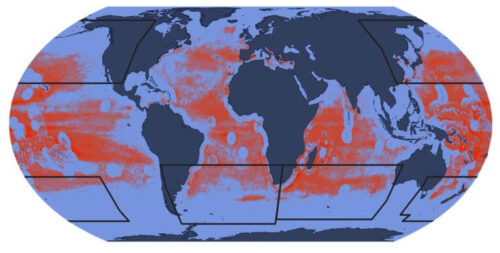
New research uses GPS data to reveal longline vessels pose significant risk to threatened albatross
Fishing for tuna into daylight hours increases dangers for iconic seabirds, presents opportunity for better management

Contributions from the Ground Can Strengthen New Transshipment Guidelines
As the FAO and its Member States develop voluntary measures on transshipment, experience from the ground informs four key recommendations This year, the Food and Agricultural Organization of the United Nations and its Member States
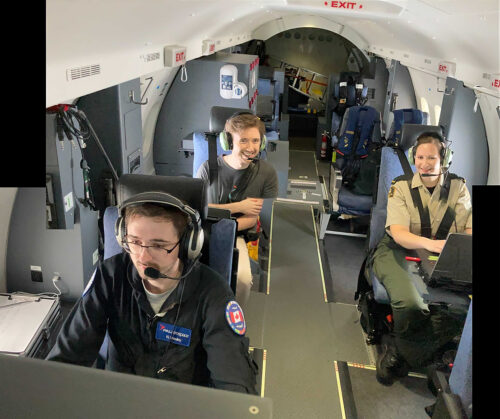
On the High Seas, Global Fishing Watch Helps Focus Law Enforcement Patrols
Annual international collaboration Operation North Pacific Guard targets illegal, unreported and unregulated fishing For three years, Global Fishing Watch has worked with the United States Coast Guard (USCG), Canada’s Department of Fisheries and Oceans
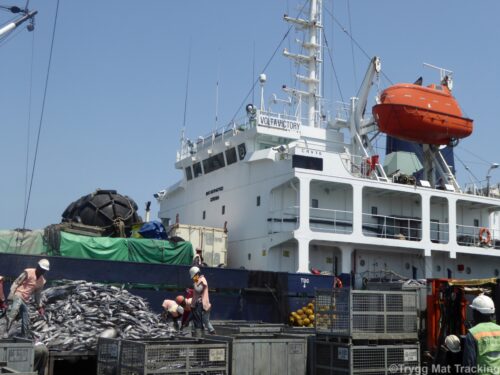
African Nations to Use New Technology in Tightening Port Controls, Fighting Illegal Fishing With Big Data
Pilot project delivers new vessel tracking technology and analysis where limited resources hamper detection and enforcement efforts Dakar, Senegal – Four African nations and a regional fisheries organization are harnessing new technology to strengthen port


